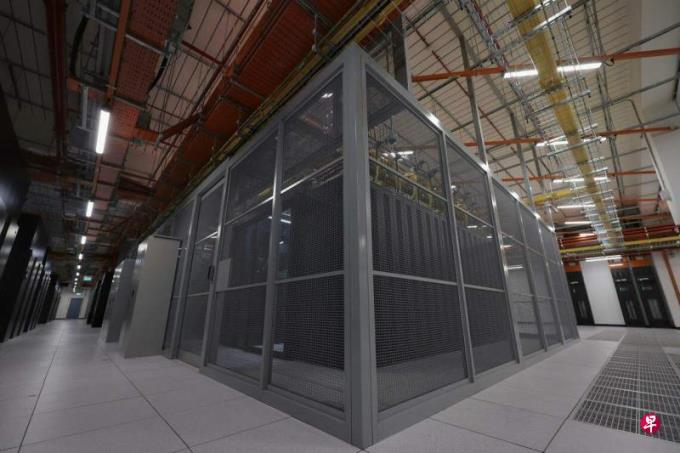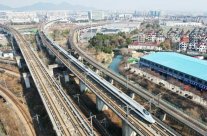
As a global finance and technology center, Singapore attracts a large amount of data centers.However, the data center is extremely energy -consuming, which constitutes a major challenge to the efforts of Singapore's slowdown in climate change.With the continuous growth of digital demand, this problem is increasingly prominent.In order to seek balance between sustainable environment and support business development, Singapore once suspended new data centers.This has changed.Google's fourth data center in Singapore has just been completed on Monday (June 3).
Artificial intelligence frenzy swept the world. Each country needs to have its own artificial intelligence infrastructure. Singapore also leaves space in this regard to provide the need for electricity and carbon budget.In order to meet the growing demand, Deputy Prime Minister Wang Ruijie announced on Thursday (May 30) at the Asian Science and Technology Exhibition in Singapore that the capacity center capacity of Singapore will increase at least 300 MW (MW) in the next few years."It will retain an additional 200 MW capacity for data center operators using green energy.
The rapid development of data centers conflicts with the environmental targets of Singapore, because data centers need to consume a lot of energy for cooling, resulting in increased greenhouse gas emissions.According to different reports, the data center accounts for about 1%to 5%of global greenhouse gas emissions. As data storage, processing and artificial intelligence technology are used more and more, this number is expected to rise rapidly.Therefore, Singapore is urgent to balance the development of the digital economy and achieve the goal of achieving net zero emissions in 2050.
Singapore is committed to improving the energy efficiency of data centers, including formulating standards, and encouraging data center operators to gradually increase temperature to 26 degrees Celsius or higher; at present, the temperature of more server rooms is 22 degrees Celsius.The newly announced green data center roadmap is to continue to improve energy efficiency at the hardware and software level, and accelerate the use of green energy for data centers.For example, Google uses circulating water cooling and other technologies, allowing data centers to operate normally in 27 degrees Celsius or a higher temperature environment.
From 2019 to 2022, Singapore's suspension of new data centers has led many operators to neighboring countries.Because of the adjacent Singapore, Johor and Taman Island, coupled with favorable regulations and lower power and labor costs, have become the alternative place of the data center of Singapore. In particular, Johor is the largest data center in Malaysia.The analysis agency believes that even if Singapore has expanded the capacity of the data center, it still cannot meet the load requirements of the Southeast Asian data center. In addition, the regional market competition is fierce, and some data centers will choose to settle in neighboring countries.On the surface, it seems competitive, and it is actually mutually beneficial.Through regional coordinated development, Singapore's resource pressure can be eased, which can not only share the load of the data center of Singapore, but also drive regional economic development.
In the process of promoting the development of data centers, sustainability is always a problem that cannot be ignored.The high energy consumption and carbon emissions of the data center have caused tremendous pressure on the environment. Therefore, the development of green data centers has become a challenge facing Singapore and neighboring countries.The introduction of advanced cooling systems, optimizing power management and utilization of renewable energy is an effective measure to reduce the carbon footprint of data centers.
According to statistics from the Southeast Asian consultation platform ASEAN BRIEFING, the power consumption of about 100 data centers in Singapore accounts for about 7 % of the island, and it is expected to reach 12 % in 2030.In order to ensure that Singapore has sufficient power generation capabilities, the Singapore Energy Market Administration announced on Tuesday (June 4) that it will build two natural gas power plants with hydrogen power generation functions in 2029 and 2030;EssenceReduce carbon emissions from the source, and the damage caused by the data center to the environment is also reduced accordingly.
As an important financial center and commercial hub in the Asia -Pacific region, Singapore has a sound financial system and rich corporate resources. However, under the requirements of sustainable development and environmental protection, Singapore must further enhance the green competitiveness of the data center.Policy guidance, technological innovation and regional coordinated development can continue to move forward on the road of digital economy and sustainable development.




